As of June 30, 2025, the total outstanding credit balance of the entire system reached over VND 17.2 million billion, an increase of 9.9% compared to the end of 2024, an increase of 19.32% compared to the same period in 2024. This is also the highest credit growth rate since 2023.
Banks "inject capital" strongly into the economy
Regarding the results of monetary policy management and banking activities in the first 6 months of 2025, Deputy Governor of the State Bank Pham Thanh Ha said: In the first months of the year, the global economy grew slowly, affected by many factors, including rapidly changing tariff policies and increasing geopolitical tensions.
Early this morning, Vietnam time, the US announced a 25-40% tax rate on 14 countries, effective from August 1, and warned that it would increase taxes if these countries retaliate, showing that the global economy will remain uncertain in the coming period.
Although inflation has cooled down to the target level, there is still a potential risk of it rising again. Thus, the potential risks in the global financial - monetary and commodity markets are very large...
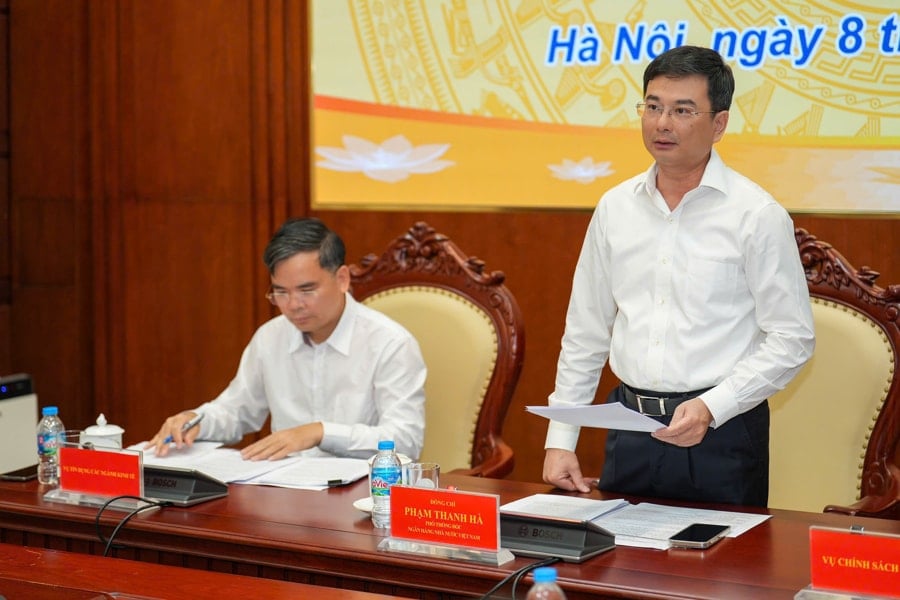
In that context, the State Bank always closely monitors developments in the domestic and international macro-economy, financial and monetary markets to develop appropriate management scenarios; proactively, flexibly, promptly and effectively manage monetary policy, closely and synchronously coordinated with fiscal policy and other macroeconomic policies, contributing to prioritizing the strong promotion of economic growth associated with maintaining macroeconomic stability, controlling inflation, and ensuring major balances of the economy.
Regarding interest rate management, in the first 6 months of 2025, the State Bank will continue to maintain the operating interest rates to create conditions for credit institutions to access capital from the State Bank at low costs, thereby creating conditions to support the economy. At the same time, the State Bank regularly directs credit institutions to continue to reduce operating costs, increase the application of information technology, digital transformation and other solutions to strive to reduce lending interest rates.
Regarding exchange rate and foreign exchange market management, in the context of unpredictable international economic and political developments, the State Bank has flexibly managed exchange rates, coordinated monetary policy tools to stabilize the foreign exchange market, contributing to stabilizing the macro-economy and controlling inflation. As a result, the foreign exchange market operates smoothly, the legitimate foreign exchange needs of the economy are fully and promptly met; the VND exchange rate fluctuates flexibly, in accordance with market conditions.
The credit structure is suitable for the economic structure, meeting the credit needs of people and businesses. Credit institutions have actively disbursed for credit programs under the direction of the Government and the Prime Minister , such as: The credit program for the forestry and fishery sector has increased its scale from 15,000 billion VND to 100,000 billion VND; The credit program supports the linkage of production, processing and consumption of 1 million hectares of high-quality and low-emission rice in the Mekong Delta. It is estimated that by the end of June, the cumulative loan turnover of the Program will reach about 5,200 billion VND.
Some other programs such as social housing loans; loans for young people under 35 years old to buy, rent, or hire-purchase social housing, a VND500,000 billion credit program for businesses investing in infrastructure, digital technology, policy credit programs, etc. are also being implemented.
With synchronous solutions, credit growth has been positive since the beginning of the year, significantly improved compared to the same period in 2024. By June 30, economic credit reached over 17.2 million billion VND, up 9.9% compared to the end of 2024, credit focused on priority areas and production and business.
Moving towards eliminating the credit limit mechanism
Responding to questions regarding the move towards eliminating the credit room limit under the recent direction of the Prime Minister, Mr. Pham Chi Quang, Director of the Monetary Policy Department, SBV, said that the credit limit management mechanism has been applied by SBV since 2012, aiming to control the situation of hot credit growth, high market interest rates and ensure system safety. This tool has actively supported in stabilizing the macro economy, controlling inflation and especially controlling the safety of the credit institution system.
However, the State Bank also recognizes that this is one of the administrative and timely solutions and the State Bank has a roadmap towards removing this administrative tool. Mr. Pham Chi Quang said that recently, the State Bank has removed the credit room for foreign banks, non-bank credit institutions... The credit limit is currently only applied to commercial banks. This is a stage in the roadmap to remove the assignment of credit growth targets to credit institutions.
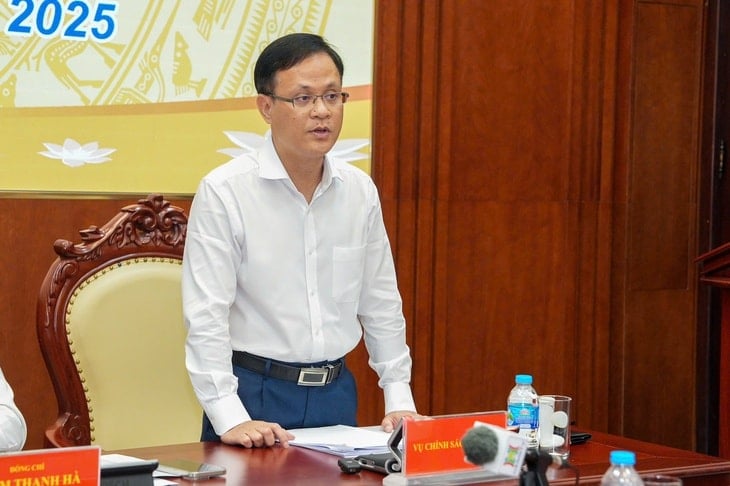
According to Mr. Pham Chi Quang, removing credit limits will help increase the initiative of credit institutions in deciding and managing interest rates. However, this process needs to be carried out carefully because the credit institution system still has certain difficulties. Therefore, to move towards removing the credit room, the State Bank will have solutions that are suitable to the actual conditions of Vietnam, how to simultaneously stabilize the macro economy and control inflation.
“Implementing the direction of the Government and the Prime Minister, in the coming time, the State Bank will study and evaluate the policy impacts very carefully to have a specific report to the Prime Minister on the roadmap for implementing the abolition of this tool,” Mr. Pham Chi Quang shared.
Regarding credit growth higher than capital mobilization growth, Mr. Vu Chi Quang, Director of the Monetary Policy Department, said that capital mobilization compared to the same period in the current system increased by 6.57%, of which capital mobilization growth in the residential sector was 4.44%, which is a fairly high growth rate compared to the same period in the previous period. However, in the past 2 years, the capital mobilization growth rate was only half of the loan growth rate.
The reason is that recently, the economy has been growing quite well, so the lending rate has increased in many areas. However, this is a normal activity of the banking industry.
Regarding lending interest rates, in the remaining months of the year, Deputy Governor of the State Bank of Vietnam Pham Thanh Ha commented that the global economy will continue to face many uncertainties.
For example, early in the morning of July 8 (Vietnam time), the US announced a 25-40% tax rate on 14 countries, effective from August 1, and warned that it would increase the tax rate if these countries retaliated. In addition, although inflation has decreased to near the target, there is still a potential risk of rising again...
In this context, the State Bank said it will continue to operate monetary policy proactively and flexibly, in sync with fiscal policy and other macroeconomic policies, to promote growth, stabilize the macro economy and control inflation.
In particular, the State Bank continues to direct credit institutions to reduce costs, promote technology application, digital transformation and solutions to reduce lending interest rates. At the same time, closely monitor domestic and international market developments, flexibly manage exchange rates and combine monetary policy tools to stabilize the foreign exchange market.
The State Bank will also manage credit in accordance with macroeconomic developments, inflation and the economy's capital absorption capacity, while directing credit institutions to grow credit safely and effectively, prioritizing production and business sectors, key sectors and growth drivers as directed by the Government and the Prime Minister; and strictly control credit in potentially risky sectors.
In addition, the State Bank continues to implement the Project to restructure the system of credit institutions in the 2021-2025 period, promote bad debt handling and strengthen measures to prevent the emergence of new bad debts.
Source: https://baolamdong.vn/tin-dung-tang-truong-dot-pha-tap-trung-vao-cac-linh-vuc-uu-tien-san-xuat-lanh-doanh-381607.html








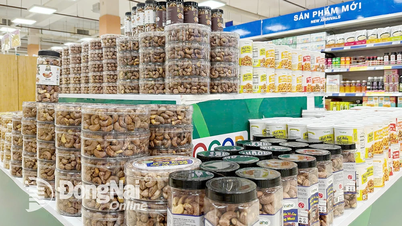














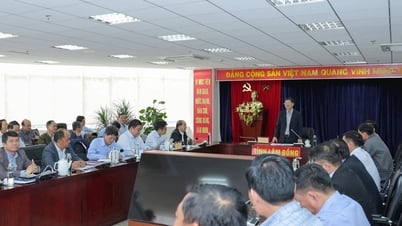
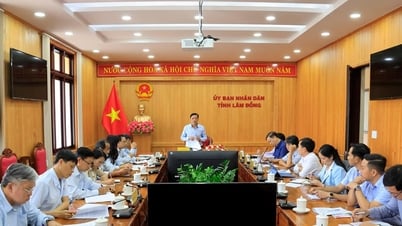

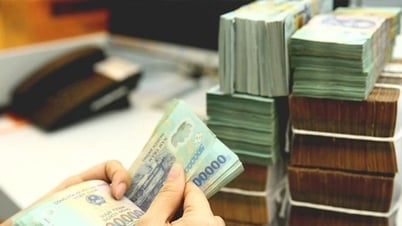
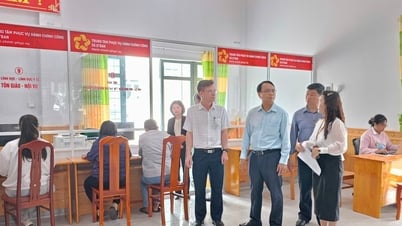





















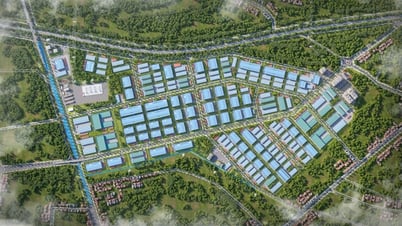





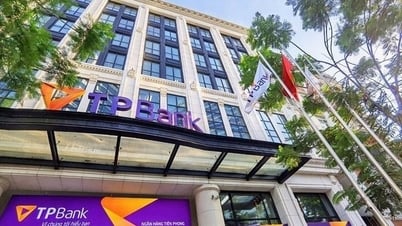














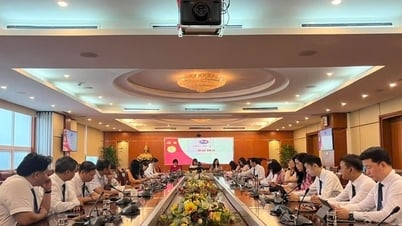




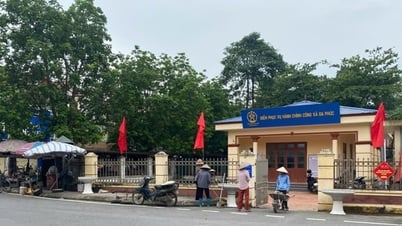

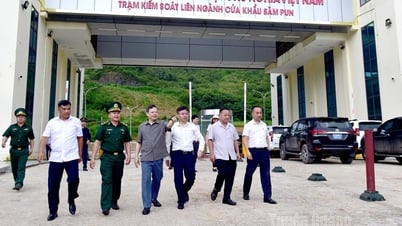















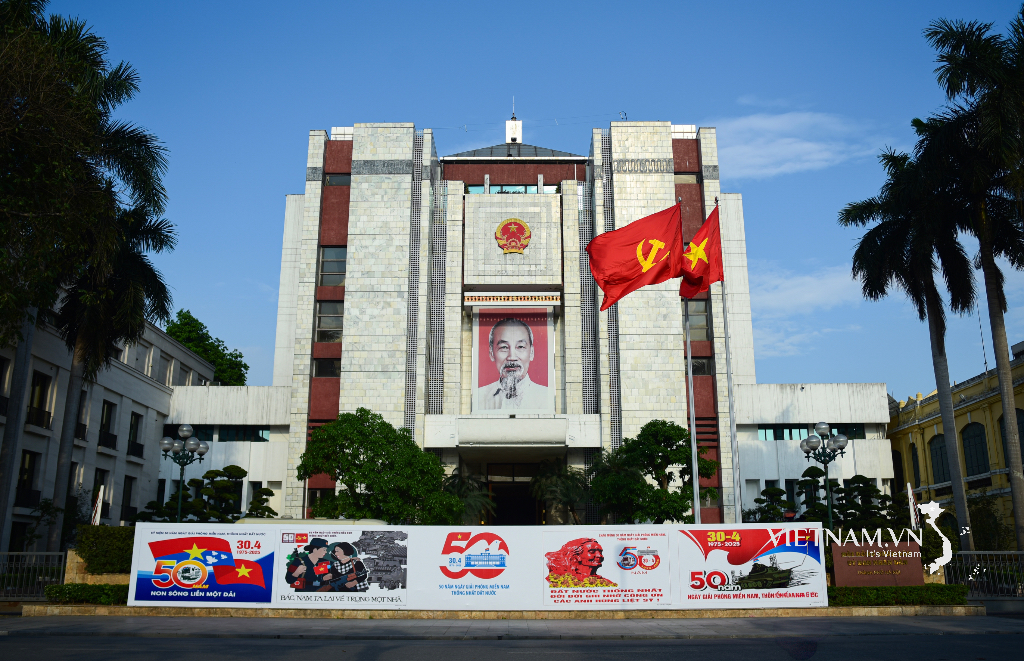

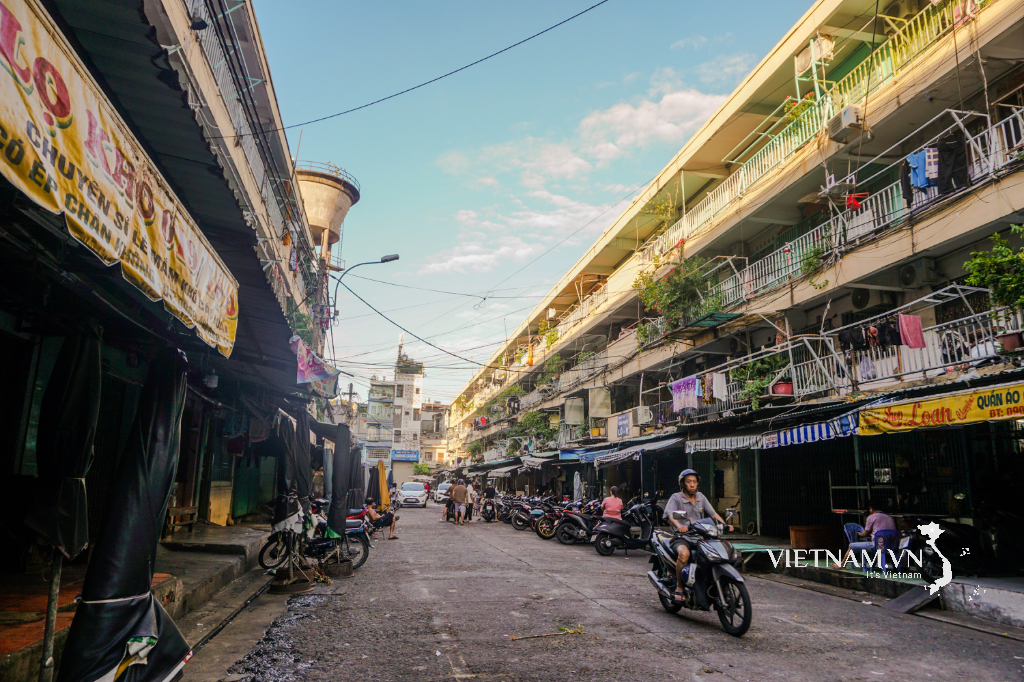
Comment (0)